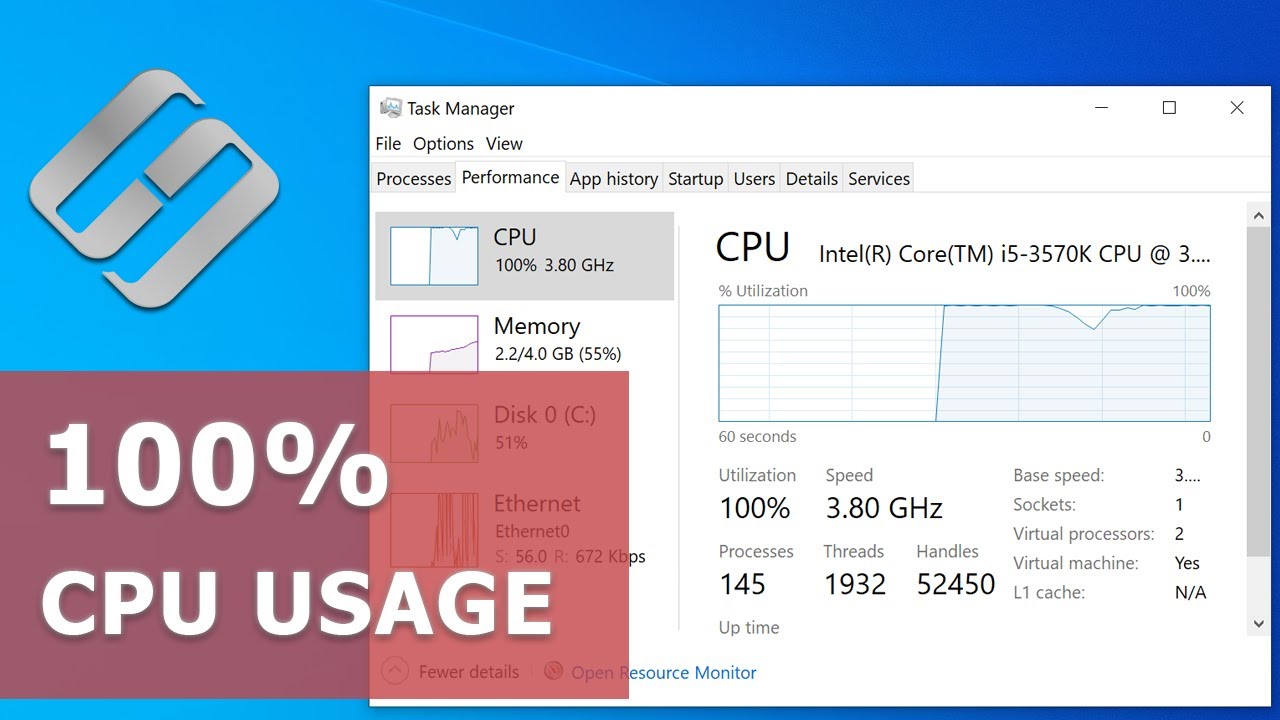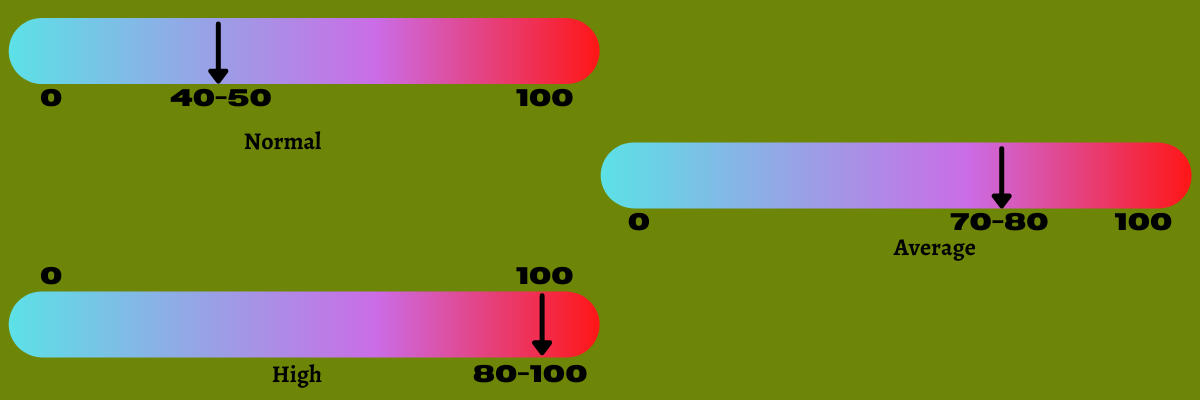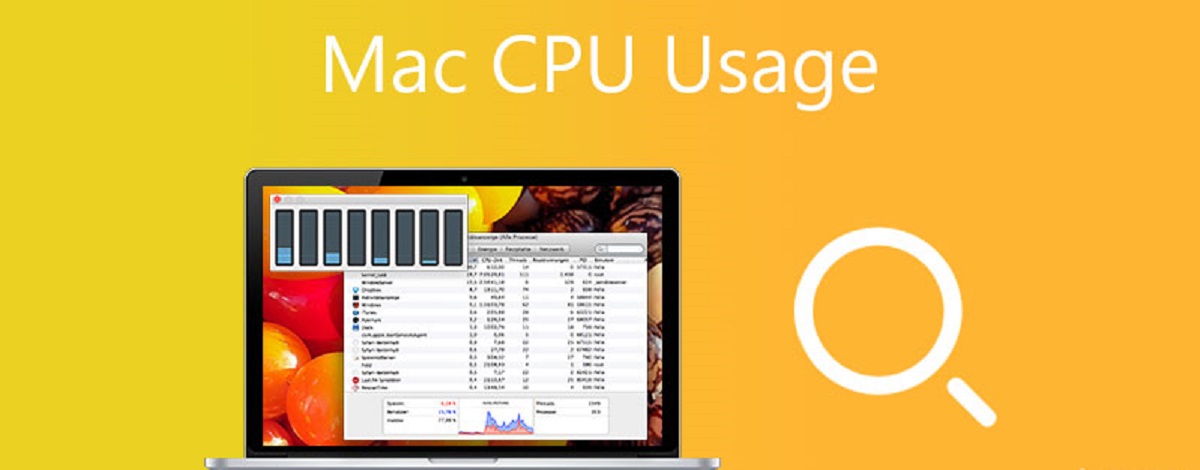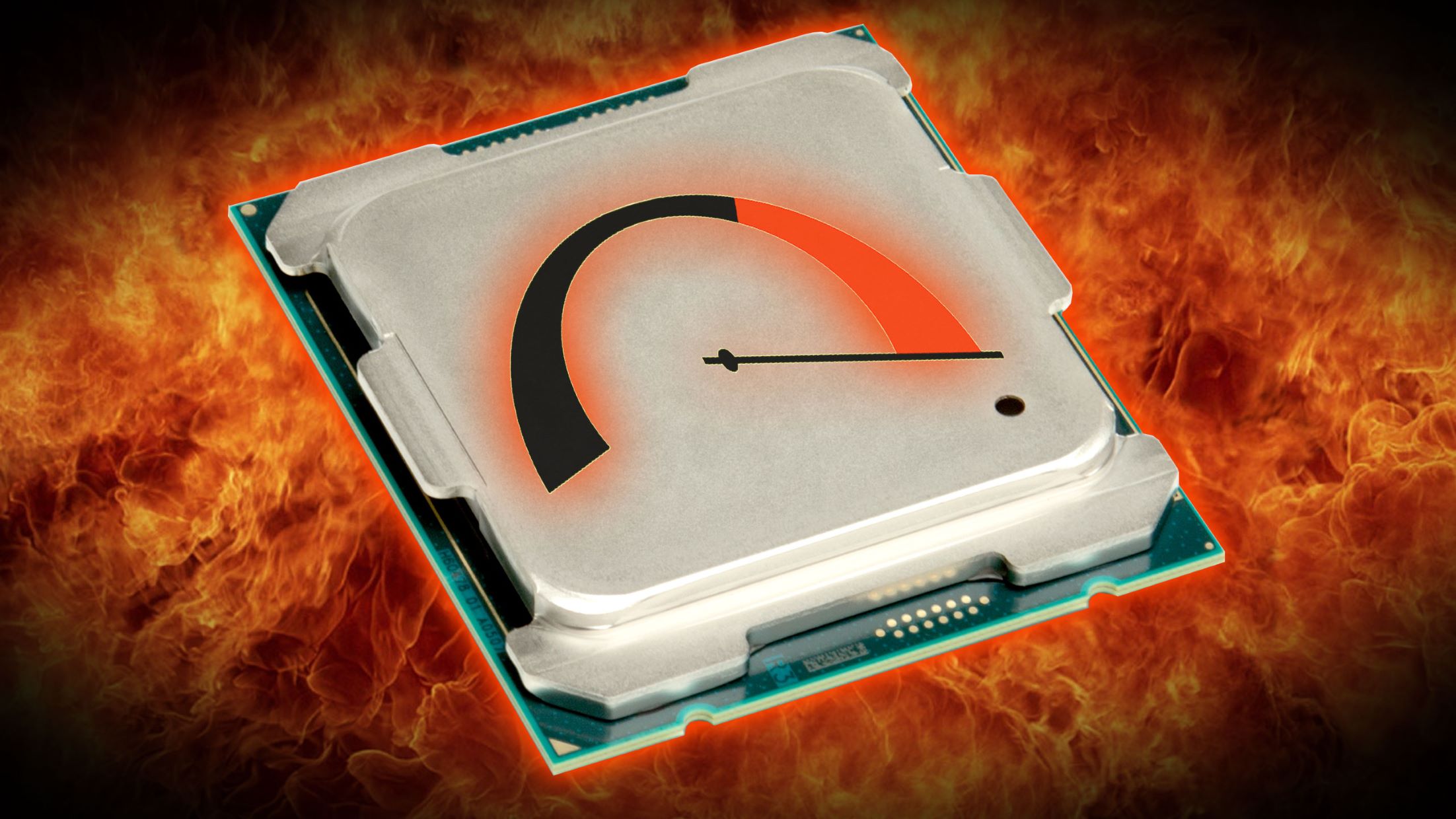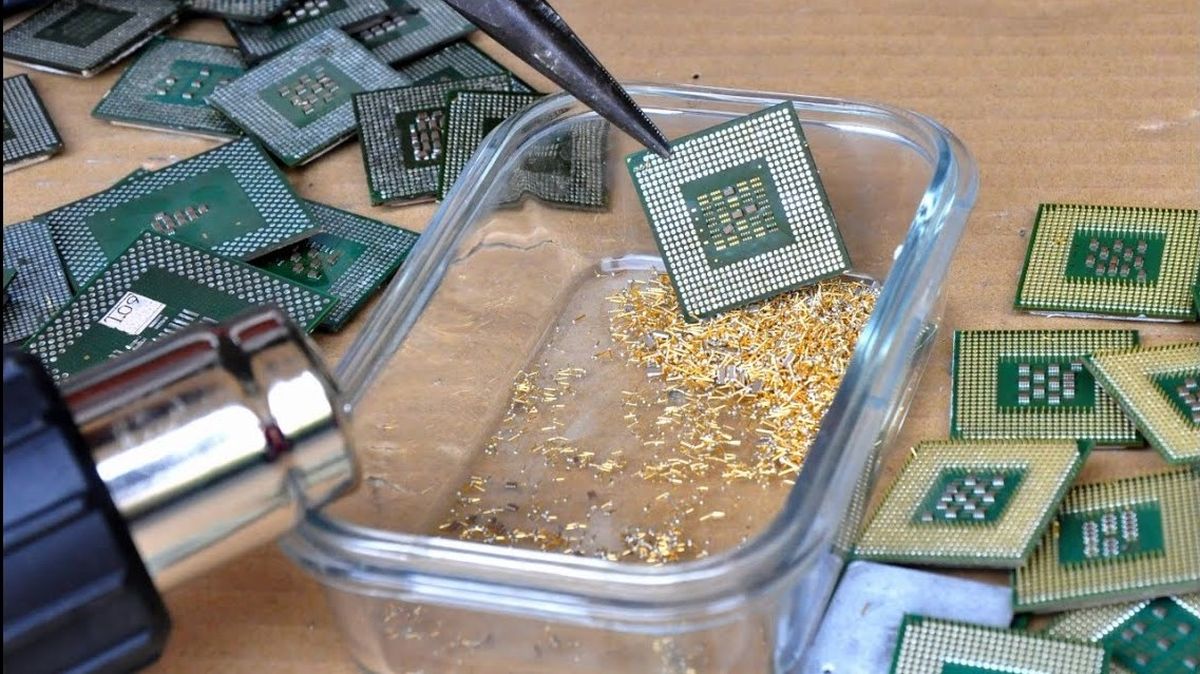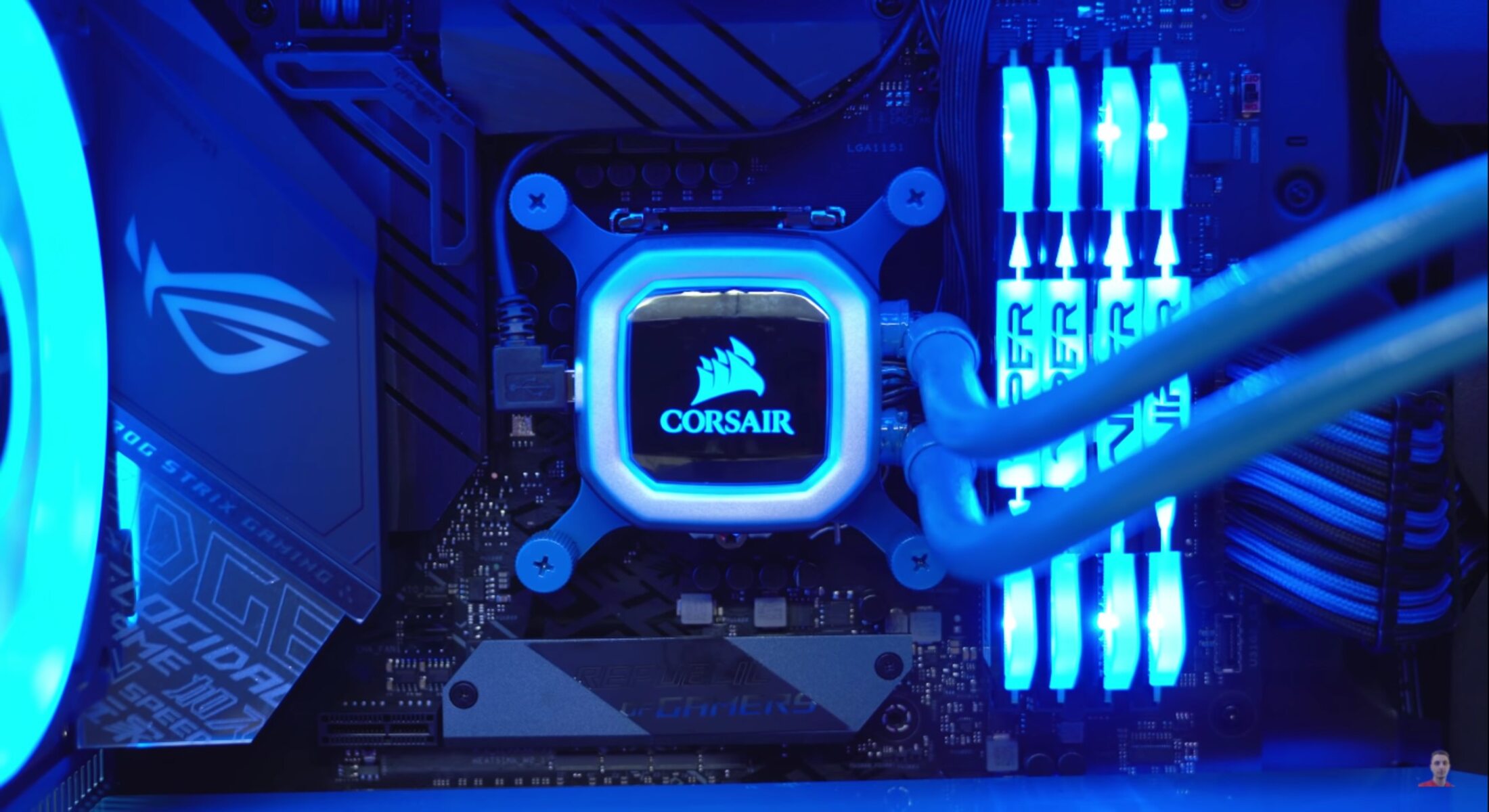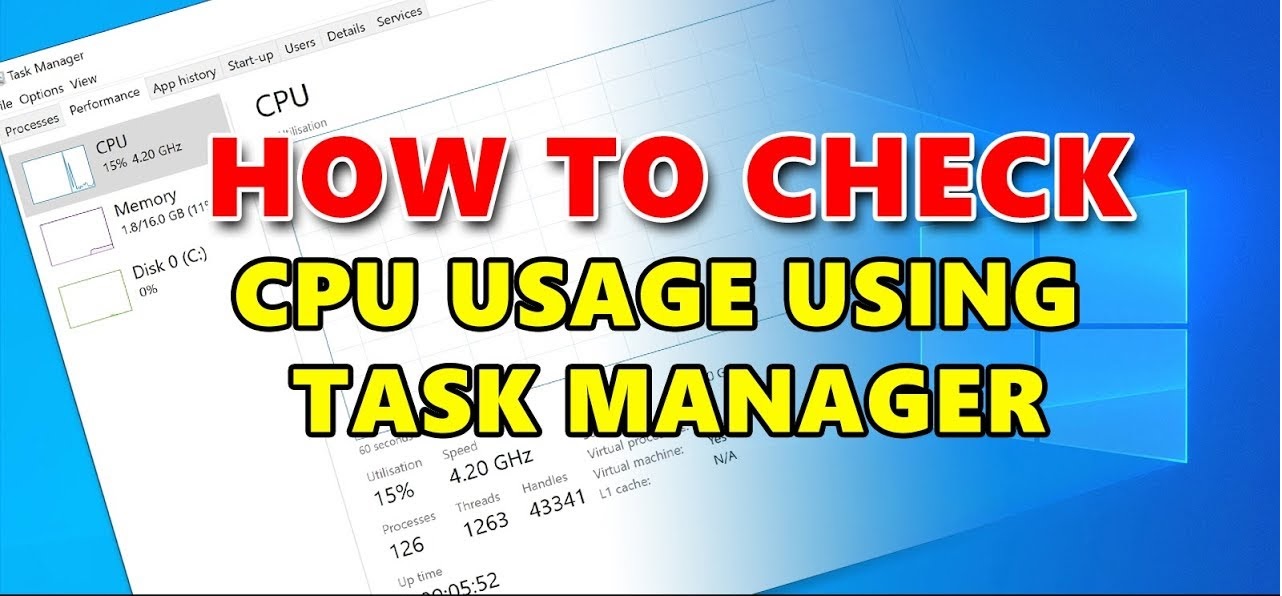Introduction
When it comes to monitoring the performance of your computer’s processor, one handy tool that you can rely on is the Task Manager. It provides a comprehensive overview of the resource utilization of your system, including the CPU usage. However, there might be instances when you notice an unexpected behavior: the CPU usage goes down when you open the Task Manager.
This intriguing phenomenon may leave you puzzled and questioning the accuracy of Task Manager. Rest assured, there’s a logical explanation for this occurrence. In this article, we will delve into the intricacies of CPU usage, how Task Manager works, and explore some possible causes for this peculiar behavior.
To begin with, it’s important to understand what CPU usage entails. The CPU, or Central Processing Unit, serves as the brain of your computer, executing all the instructions and carrying out calculations necessary for its operation. CPU usage refers to the percentage of the CPU’s processing capacity that is currently being utilized by different tasks and applications.
Task Manager, an essential system utility in Windows operating systems, provides real-time insights into the performance of your computer. It displays a variety of metrics, including CPU usage, memory usage, disk activity, and network usage. It even allows you to terminate unresponsive applications, manage startup programs, and analyze system performance over time.
Now, let’s explore the possible causes behind the CPU usage going down when you open the Task Manager.
Explanation of CPU Usage
To understand why the CPU usage goes down when you open the Task Manager, it’s crucial to first comprehend how CPU usage is calculated and represented.
CPU usage is measured as a percentage, reflecting the portion of the CPU’s processing power that is actively engaged in executing tasks. A higher CPU usage indicates a greater demand for processing capabilities, while a lower CPU usage suggests that the system is relatively idle or not heavily burdened.
When you open the Task Manager, it starts displaying real-time information about the various processes and applications running on your computer, including their corresponding CPU usage. As a result, the CPU usage might momentarily drop due to the additional processing required to gather and display this information.
Additionally, it’s worth noting that the Task Manager itself consumes a small portion of CPU resources. While the impact is minimal, it can contribute to the temporary decrease in CPU usage when you open it.
Another factor to consider is the time scale on which CPU usage is measured. CPU usage is typically calculated over a specific time period, such as one second, five seconds, or one minute. During the interval in which you open the Task Manager, the measurement window starts anew, resulting in a brief dip in CPU usage as the historical data is reset.
Overall, the drop in CPU usage when you open the Task Manager is primarily a result of the additional processing required to gather and display system information, as well as the reset of the measurement window. It’s important to recognize that this decrease is a temporary phenomenon and does not imply a significant change in system performance or resource utilization.
Now that we’ve explored the explanation behind CPU usage going down when you open the Task Manager, let’s delve into some possible causes for this behavior.
How Task Manager Works
Task Manager is a powerful utility that provides an invaluable insight into the performance and resource utilization of your computer. Understanding how Task Manager works can shed light on why CPU usage goes down when you open it.
Task Manager collects data from various sources to present a comprehensive view of your system’s performance. It utilizes the Windows Management Instrumentation (WMI) infrastructure to gather information about processes, services, and system performance metrics.
When Task Manager is launched, it initiates a series of queries to retrieve data related to CPU usage, memory usage, disk activity, network utilization, and more. These queries involve accessing system counters and performance-related data structures.
Once the data is retrieved, Task Manager updates its interface to display real-time information about running processes, their corresponding CPU usage, memory consumption, and other relevant metrics. This constant updating of information requires additional CPU cycles, resulting in a temporary drop in overall CPU usage.
In addition to displaying real-time data, Task Manager also allows you to control and manage your computer’s processes. It enables you to end unresponsive applications, adjust process priorities, and monitor the impact of certain processes on system resources. These functionalities require Task Manager to allocate resources and perform management operations, which can further impact CPU usage momentarily.
Furthermore, Task Manager offers a variety of tabs, such as the Process, Performance, and Details tab, each providing unique insights into different aspects of your system’s performance. Switching between these tabs may trigger additional data retrieval and processing, which can momentarily affect CPU usage.
It’s important to note that the impact of Task Manager on CPU usage is generally minimal and temporary. The purpose of Task Manager is to provide real-time information and assist in managing system resources, rather than significantly alter or impact CPU usage in the long term.
Now that we have explored how Task Manager works, let us explore some possible causes for the CPU usage going down when you open it.
Possible Causes of CPU Usage Going Down
The unexpected decrease in CPU usage when you open the Task Manager can be attributed to several factors. Let’s explore some possible causes for this behavior:
-
Misreporting of CPU Usage: Occasionally, the Task Manager may misreport CPU usage due to certain system limitations or software glitches. It’s possible that the initial CPU usage reading displayed before opening the Task Manager is inaccurate, leading to a perceived decrease in CPU usage when it is opened. Updating the Task Manager or performing a system restart can help resolve any potential misreporting issues.
-
Task Manager Running at Higher Priority: When you open the Task Manager, it may temporarily run at a higher priority level than other processes. This elevated priority can cause other processes running in the background to become less prioritized, resulting in a momentary decrease in overall CPU usage. Once the Task Manager is closed or minimized, the CPU usage should return to normal levels.
-
Brief Throttling of System Processes: Opening the Task Manager can briefly interrupt or throttle certain system processes, causing them to consume fewer CPU resources. This can lead to a temporary decrease in CPU usage until the interrupted processes resume their normal operation. Typically, this is a normal and expected behavior and shouldn’t cause any significant impact on system performance.
-
Other Factors Influencing CPU Usage: CPU usage is influenced by a multitude of factors, including active processes, system settings, background tasks, and resource-intensive applications. When you open the Task Manager, these factors might temporarily change due to the redistribution of system resources, resulting in a decrease in CPU usage. Once the Task Manager is closed, the CPU usage might return to its previous levels.
It’s essential to note that the decrease in CPU usage when you open the Task Manager is generally temporary and does not indicate a significant issue with your system. As long as your system performance remains optimal, any fluctuation in CPU usage should not cause concern.
In the following section, we will summarize the key insights discussed and conclude our exploration of the CPU usage behavior when opening the Task Manager.
Misreporting of CPU Usage
One possible cause for the CPU usage going down when you open the Task Manager is the misreporting of CPU usage. The Task Manager relies on system counters and performance data to calculate and display CPU usage. However, certain system limitations or software glitches can lead to inaccurate reporting.
It’s not uncommon to encounter instances where the initial CPU usage reading displayed before opening the Task Manager is higher than the actual usage. This discrepancy can create the perception of a decrease in CPU usage when the Task Manager is opened.
To address potential misreporting issues, it is advisable to update the Task Manager or perform a system restart. Updating the Task Manager should resolve any software-related bugs or glitches that might be affecting the accuracy of the CPU usage reporting.
It’s important to note that occasional misreporting of CPU usage is generally harmless and does not indicate a significant problem with your system. As long as the overall system performance remains stable and there are no other noticeable issues, there’s no cause for immediate concern.
In the next section, we will explore the impact of Task Manager running at a higher priority and its relationship to CPU usage behavior.
Task Manager Running at Higher Priority
Another possible cause for the CPU usage going down when you open the Task Manager is related to its priority level. When the Task Manager is launched, it may temporarily run at a higher priority than other processes running on your system.
This elevated priority can cause other processes to become less prioritized, leading to a momentary decrease in overall CPU usage. The Task Manager requires additional resources and processing power to gather and display real-time information, which can impact the CPU usage of other processes running in the background.
Once the Task Manager is closed or minimized, the CPU usage should return to normal levels, and the previously running processes regain their original priority. The slight dip in CPU usage is a temporary phenomenon and does not indicate any significant performance issues with your system.
It’s worth noting that the impact of Task Manager running at a higher priority is generally minimal and shouldn’t cause any noticeable impact on system performance. The Task Manager’s priority adjustment is a necessary mechanism to ensure its smooth functionality and efficient collection of system data.
In the next section, we will discuss the possibility of brief throttling of system processes and its effect on CPU usage.
Brief Throttling of System Processes
When you open the Task Manager, you may notice a brief decrease in CPU usage, which can be attributed to the throttling of system processes. Throttling refers to the temporary reduction in the consumption of CPU resources by processes running on your system.
Opening the Task Manager interrupts the normal execution of certain system processes, causing them to consume fewer CPU resources temporarily. This interruption allows the Task Manager to collect real-time data and update its interface with the latest information about running processes, CPU usage, and other performance metrics.
During this brief throttling period, the CPU usage may decrease, reflecting the reduced activity of the affected processes. Once the system processes resume their normal execution, the CPU usage should return to its previous levels.
Brief throttling of system processes is a normal and expected behavior when launching the Task Manager. It does not indicate any major performance issues or system instability. The momentary decrease in CPU usage is simply a result of the system reallocating resources to support the functioning of the Task Manager.
It’s important to note that the impact of throttling on CPU usage is typically minimal and does not have a significant impact on overall system performance. As long as the CPU usage returns to normal levels after the brief throttling period, there is no reason for concern.
In the next section, we will explore other factors that may influence CPU usage and contribute to the observed behavior when opening the Task Manager.
Other Factors Influencing CPU Usage
In addition to the previously mentioned causes, there are several other factors that can influence CPU usage and contribute to the observed behavior when opening the Task Manager.
CPU usage is a complex metric that can be influenced by a variety of factors, such as the number of active processes, system settings, background tasks, and resource-intensive applications. When you open the Task Manager, these factors might undergo temporary changes, resulting in a decrease in CPU usage.
For example, certain background tasks or scheduled system maintenance activities may be temporarily paused or scaled down when the Task Manager is opened. These adjustments can lead to reduced CPU usage during that period. Once the Task Manager is closed, these background tasks and processes resume their normal operation, and CPU usage may return to its previous levels.
Furthermore, the redistribution of system resources when Task Manager is launched can also impact CPU usage. The Task Manager itself requires CPU resources to collect and update real-time information. As a result, other processes or applications might experience a slight decrease in CPU utilization during this period.
It’s important to keep in mind that these changes in CPU usage are temporary and do not indicate any significant issues with your system. As long as the CPU usage returns to normal levels once the Task Manager is closed, there is no need to be alarmed.
Overall, CPU usage is a dynamic metric that can be influenced by various factors. The decrease in CPU usage when opening the Task Manager is generally a result of the system reallocating resources, adjusting process priorities, or temporarily pausing certain background tasks or processes.
Now that we have explored the possible causes of CPU usage going down when opening the Task Manager, let’s summarize the key insights discussed in this article.
Conclusion
In conclusion, the decrease in CPU usage when you open the Task Manager is a normal and expected behavior. It is primarily attributed to the additional processing required to gather and display real-time information, the Task Manager running at a higher priority, and the temporary throttling of system processes during its initialization.
Misreporting of CPU usage can also occasionally occur due to system limitations or software glitches, but it is generally harmless and can be resolved by updating the Task Manager or performing a system restart.
Other factors that can influence CPU usage include the redistribution of system resources and the temporary adjustments of background tasks or processes when the Task Manager is launched.
It’s important to remember that these fluctuations in CPU usage are typically temporary and do not indicate any significant issues with your system’s performance or stability. As long as your system operates smoothly and CPU usage returns to normal levels after closing the Task Manager, there is no cause for concern.
The Task Manager remains an invaluable tool for monitoring system performance, managing processes, and troubleshooting issues. Understanding its behavior regarding CPU usage aids in interpreting the data it presents accurately.
By being aware of the possible causes behind CPU usage going down when opening the Task Manager, you can ensure a clearer understanding of your system’s performance and make informed decisions regarding resource allocation.
Remember to regularly monitor your system’s CPU usage to detect any unusual patterns or trends that may indicate underlying issues. If you have persistent concerns or experience significant performance problems, it’s advisable to seek professional assistance to diagnose and address potential problems.
Overall, the Task Manager remains an essential tool in maintaining optimal system performance, and the temporary decrease in CPU usage when opening it is merely a side effect of its operations.







